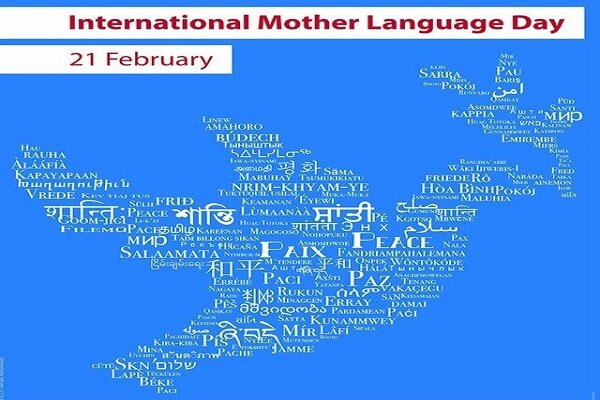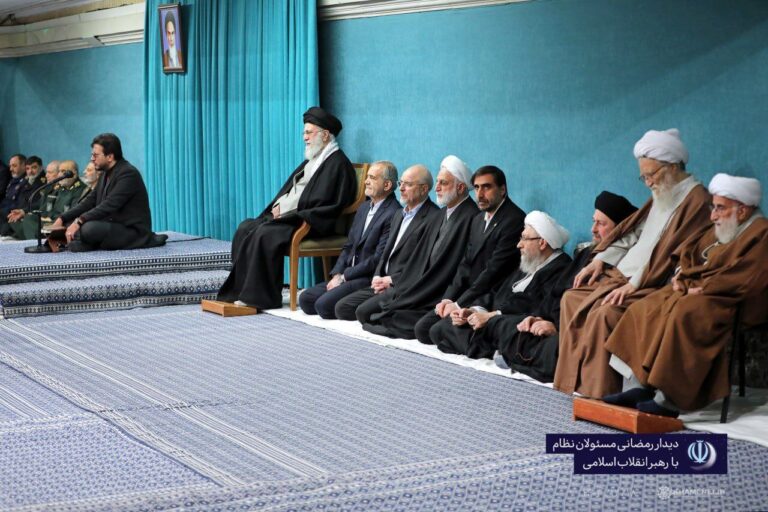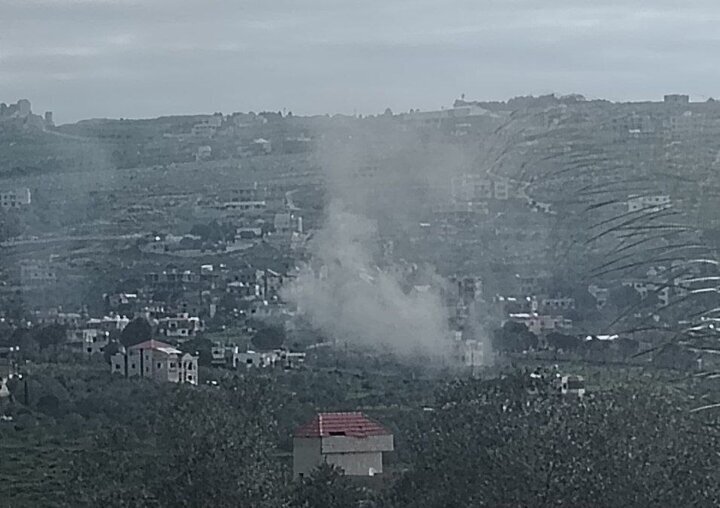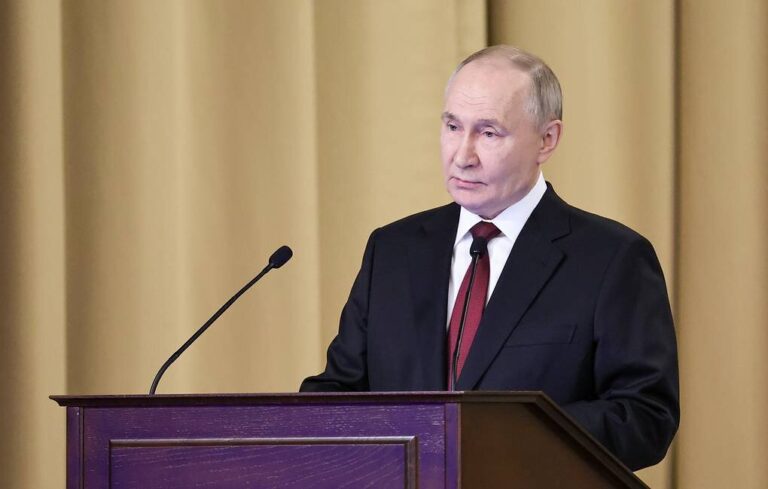Celebrating International Mother Language Day: Embracing Multiculturalism for a Richer Tomorrow
The significance of linguistic diversity cannot be overstated, especially in a world where the United Nations recognizes only six official languages amidst over 8,000 living languages spoken globally. This linguistic richness, however, is facing a daunting challenge as many languages are disappearing at an alarming rate. In this article, we explore the vital role of multilingual education and the importance of preserving native languages.
According to UNESCO, there are approximately 8,324 languages spoken or signed around the world. Out of these, around 7,000 languages are still actively used. However, the threat to linguistic diversity is real and pressing, with many languages on the brink of extinction due to rapid globalization and cultural homogenization.
Learning in one’s mother tongue not only enhances comprehension and engagement but also fosters critical thinking. Unfortunately, a staggering 40% of learners globally do not have the opportunity to learn in their native language. This gap can be effectively addressed through multilingual education, which offers numerous benefits:
- Boosts participation: Multilingual education encourages active involvement among students.
- Enhances retention: Students are more likely to retain information when taught in their mother tongue.
- Promotes socio-emotional development: Learning in familiar languages supports emotional well-being.
- Supports global goals: Multilingual education aligns with broader objectives like gender equality, climate action, and sustainable communities.
UNESCO advocates for multilingualism as an essential tool for inclusive education and meaningful global engagement. In Iran, for instance, there are around 90 languages spoken, despite Farsi being the official language. The Iranian Constitution recognizes this linguistic diversity through Article 15. Ethnic diversity has led to a rich tapestry of languages and dialects, which are considered native and local languages.
In recent decades, UNESCO has initiated comprehensive programs aimed at reviving and sustaining native languages alongside official ones, helping prevent their extinction. Native languages are deeply intertwined with individual cultural identities, serving not only as tools for communication but also as vessels for transmitting cultural customs, beliefs, and practices.
Each year, International Mother Language Day is celebrated globally to promote linguistic and cultural diversity as well as multilingualism. This event highlights the crucial role languages play in:
- Development: Languages are fundamental in ensuring cultural diversity and fostering intercultural dialogue.
- Cooperation: They strengthen collaborative efforts toward achieving quality education for all.
- Cultural heritage preservation: Languages are vital in maintaining and celebrating unique cultural identities.
- Mobilizing political will: They play a role in applying scientific and technological benefits to sustainable development.
The global observance of International Mother Language Day serves as a reminder of the importance of linguistic diversity in fostering tolerance, respect, and understanding among different communities. It underscores the critical role languages play in promoting inclusion and advancing the Sustainable Development Goals.
As noted on the UNESCO website, the threat to linguistic diversity is increasing, with languages disappearing at an unprecedented rate. Education emerges as a key factor in preserving these languages. Schools and community programs are essential in teaching endangered languages to children, ensuring their transmission to future generations. Bilingual education, where children learn in both their native and a dominant language, has proven particularly effective.
Currently, around 40% of the global population lacks access to education in a language they understand. However, progress is evident in the realm of multilingual education. There is a growing recognition of its importance, especially in early childhood education, and an increasing commitment to integrating it into public life.
Moreover, minority language museums play a crucial role in safeguarding endangered languages, both in spoken and written forms. These museums highlight the beauty, value, and practicality of minority and regional languages, ensuring they remain an integral part of cultural heritage.
In conclusion, the preservation of linguistic diversity is not just about saving languages; it’s about protecting the cultural identities and histories they represent. Multilingual education, community initiatives, and dedicated cultural institutions are instrumental in this endeavor, paving the way for a more inclusive and diverse world.






